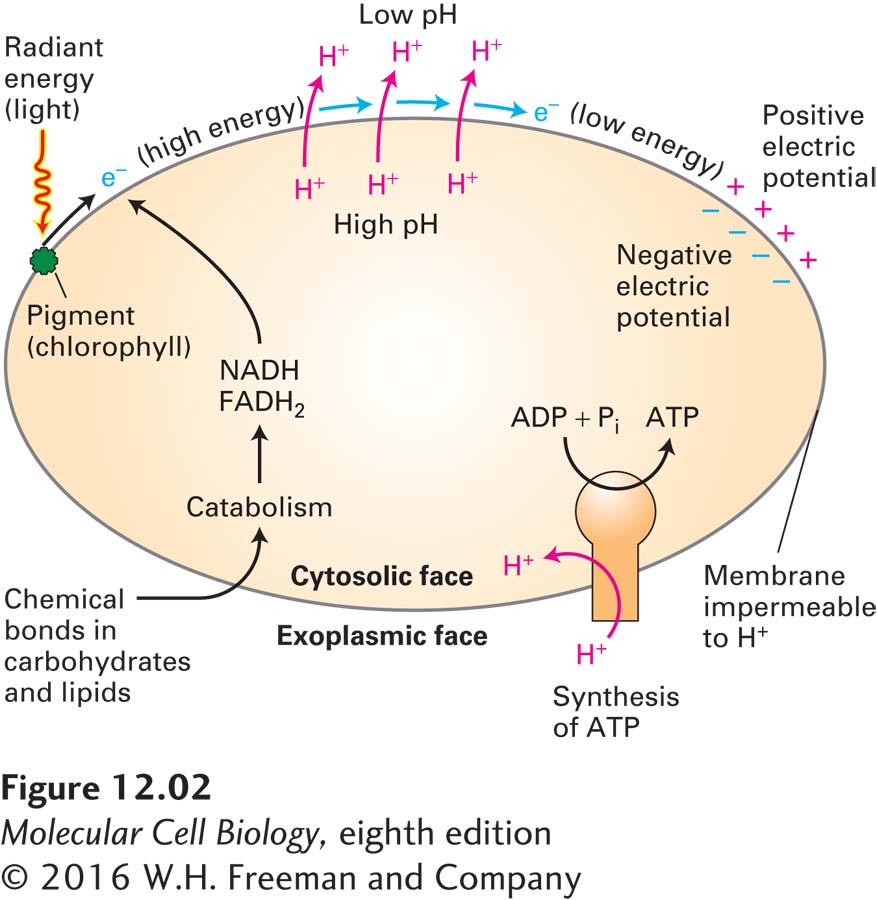
FIGURE 12- n- n- h- n- n- n-